Pruning a Sick Orange Tree: [Importance, Season, Tools, Considerations and Steps]
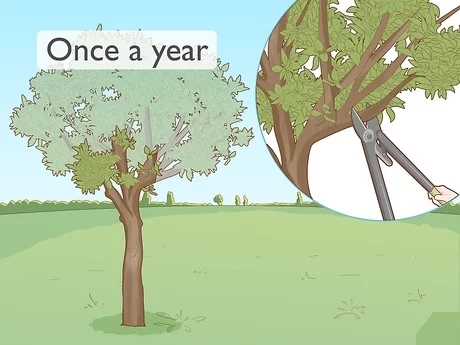
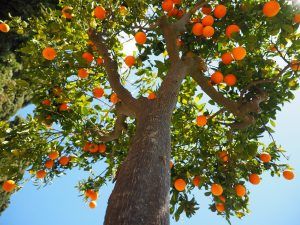 The orange tree is a tree whose fruit, the sweet orange, is one of the most popular around the world, due to its juicy and fresh flavor.
The orange tree is a tree whose fruit, the sweet orange, is one of the most popular around the world, due to its juicy and fresh flavor.
This tree usually grows well in areas near the sea, as long as the climate is warm and temperatures are not too low.
Its size is usually between 5 and 10 meters, although there are times when the branches can grow a little more, reaching 13 meters.
However, this citrus specimen is quite susceptible, which means that it can get sick relatively easily if it is not given adequate attention. In these cases, the best thing you can do is to be careful and do the pruning (if necessary) in the best possible way.
For this reason, today we will explain some points that you should consider when pruning a sick orange tree.
Why prune diseased orange trees?
 During an illness, a tree as delicate as the orange tree can undergo quite noticeable changes that can cause alarm.
During an illness, a tree as delicate as the orange tree can undergo quite noticeable changes that can cause alarm.
However, not all tree diseases are solved with pruning, so you must be careful with it.
It is best that you pay attention to its color, shape and texture, since you must remove the branches that are weak or damaged.
It is necessary that you always be very careful with it, because pruning can leave the tree vulnerable to other diseases or pests.
When is it best to prune a diseased orange tree?
 It is convenient to prune the diseased orange tree during the beginning of spring, where the weather is benevolent.
It is convenient to prune the diseased orange tree during the beginning of spring, where the weather is benevolent.
Keep in mind that the orange tree does not withstand the cold very well, making it impossible to prune during the winter.
On the other hand, in summer the weather is much warmer, which encourages the diseased tree to present new symptoms of other diseases.
Despite this, if the disease occurs during that season and rapid pruning is necessary, it is best to wait until autumn. This is because the weather gets cooler and the orange tree may have some time to recover before winter sets in.
What tools should we use when pruning diseased orange trees?
As in any other tree that is medium large and leafy, you need to have tools that can facilitate the work. Generally speaking, you may need a large, sharp garden shears or chainsaw for stronger branches.


It is essential that you take the time to properly sanitize these tools to avoid further problems. In the same way, it is recommended to carry out an intermediate cleaning after the cutting of diseased branches or stems.
This is done in order to prevent the spread of the disease to other healthy branches if you cut them. The use of a scaffold or ladder is also usually convenient, as well as having the safety elements: helmet, gloves and glasses.
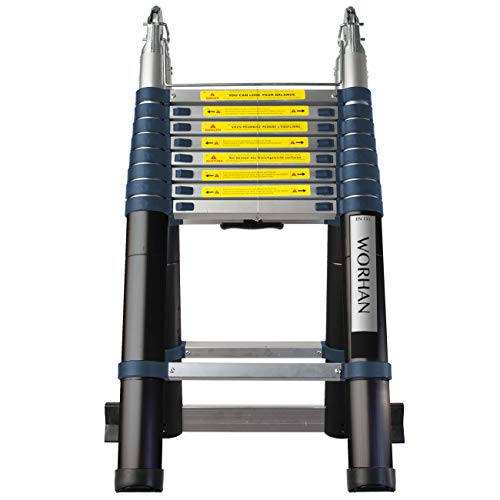


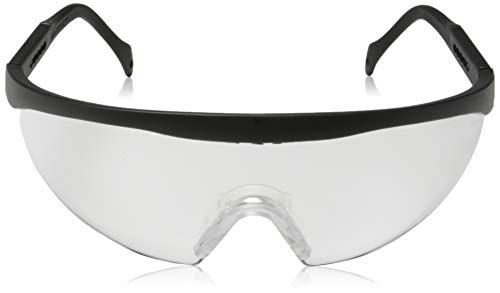
What considerations should we take into account when pruning diseased orange trees?
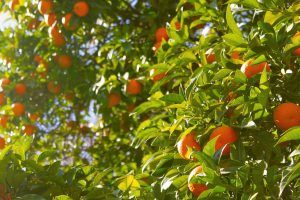 Pruning a diseased tree like an orange tree can be a somewhat complex task, especially to prevent the spread of the disease.
Pruning a diseased tree like an orange tree can be a somewhat complex task, especially to prevent the spread of the disease.
However, primary considerations include the age of the tree, the type of disease, and how compromised it is.
As for age, we can tell you that young trees, unlike newly planted and adult trees, better withstand pruning. They have a faster healing process and tend to respond better to general pruning and to pruning due to illness.
The type of disease is decisive, since not all diseases or pests of the orange tree deserve pruning. Keep in mind that many of these afflictions can be treated chemically, reducing the cutting work on leaves and branches.
This point is essential, since pruning could be counterproductive in cases where it is not required. Lastly, it is necessary to know how compromised the tree is, so you must carry out a diagnosis and a pruning plan.
Removing dry or damaged branches can facilitate the healing and revitalization of the tree, provided it is done in a timely manner.
How to prune a sick orange tree without damaging the tree?
 A very important element that you must keep in mind is that the best way to avoid harming the tree is to give it the most convenient treatment.
A very important element that you must keep in mind is that the best way to avoid harming the tree is to give it the most convenient treatment.
This means that pruning, if necessary, must be done efficiently and without unnecessary cuts or trips.
Focus on the pruning plan you have made and, if any cuts have been very deep, use a healing ointment. This way you can help the plant to recover and that it does not have a problem with the intrusion of new bacteria that can damage it.
Maybe you are also interested in:
- How often and how to water my potted orange tree?
- How often and how to drip irrigate my orange tree?
- 7 Pests that Affect your Orange Trees: [Detection, Causes and Solutions]
- How to Fertilize Naranjo: [Components, Needs and Importance]
- How to Germinate Orange Seeds: [Time, Actions, Place and Steps]
- Potted Orange Tree Care: [Soil, Humidity, Pruning and Problems]
- Orange Tree Care: [Soil, Humidity, Pruning and Problems]
- Orange Tree Diseases: [Characteristics, Types, Detection and Treatment]
- Orange Tree Cuttings: [Grafts, Time, Rooting and Planting]
- Pruning the Orange Tree in a Pot: [Importance, Time, Tools, Considerations and Steps]
- Orange Tree Pruning: [Dates, Ways to Do It and Tools]
- Orange Tree Irrigation: [Needs, Frequency and Procedure]
- Most Famous and Delicious Orange Types and Varieties


![Photo of Prune a Mandarin: [Importance, Time, Tools, Considerations and Steps]](https://www.complete-gardening.com/wp-content/uploads/2022/08/prune-a-mandarin-importance-time-tools-considerations-and-steps-390x220.jpg)
![Photo of Spinach Irrigation: [Needs, Frequency and Procedure]](https://www.complete-gardening.com/wp-content/uploads/2021/06/espinacas_cultivo_1621208188-390x220.jpg)
![Photo of Grow Mushrooms in Alpacas: [Planting, Care and Irrigation]](https://www.complete-gardening.com/wp-content/uploads/2021/06/setas-en-alpacas-383x220.png)